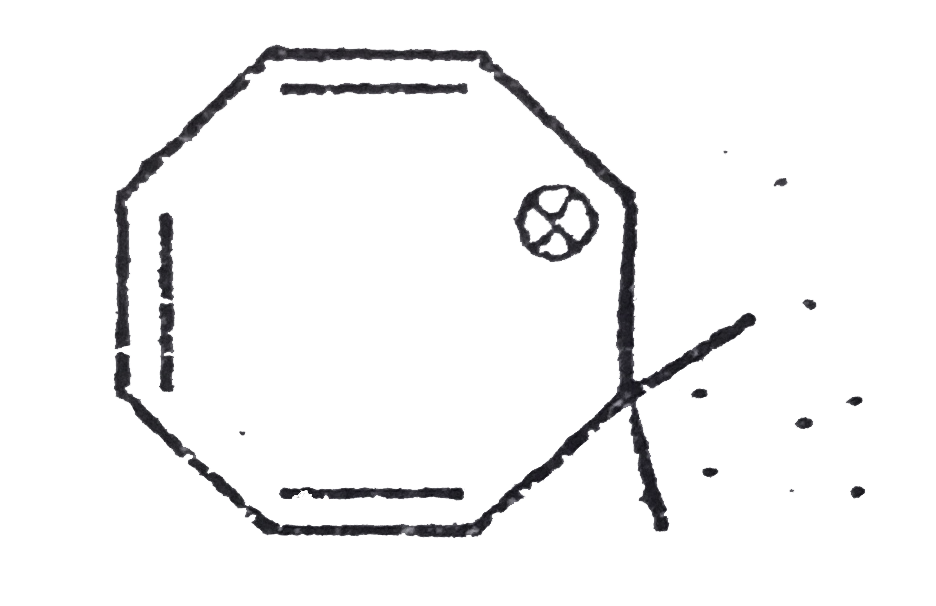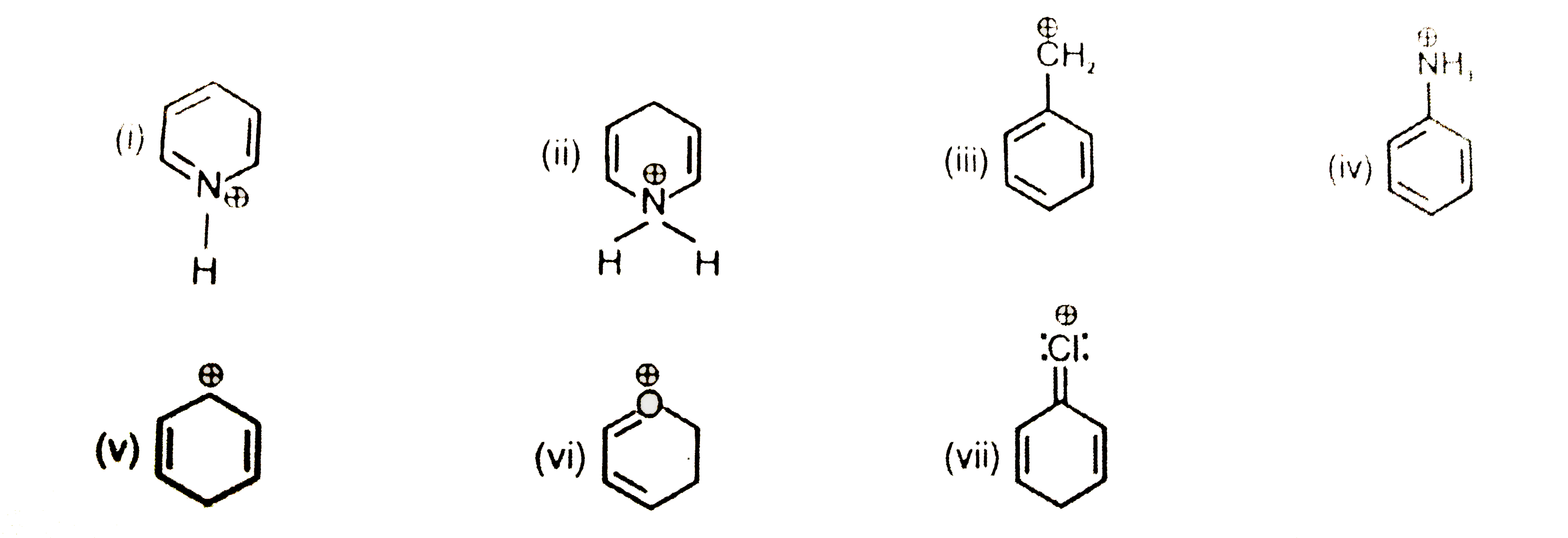An ion with positive charge is called……………
Step-by-Step Solution:
1. Understanding Ions: An ion is an atom or molecule that has a net electrical charge due to the loss or gain of one or more electrons.
2. Types of Ions: There are two main types of ions:
- Cations: These are positively charged ions.
- Anions: These are negatively charged ions.
3. Formation of Cations: A cation is formed when an atom loses one or more electrons. Since electrons carry a negative charge, losing them results in a net positive charge on the atom.
4. Conclusion: Therefore, an ion with a positive charge is called a cation.
Final Answer: An ion with positive charge is called a cation.
---
- Cations: These are positively charged ions.
- Anions: These are negatively charged ions.
Topper's Solved these Questions
- BOOK - ICSECHAPTER - ATOMS, MOLECULES AND RADICALSEXERCISE - Tick the correct Answer4videos
ATOMS, MOLECULES AND RADICALS
- BOOK - ICSECHAPTER - ATOMS, MOLECULES AND RADICALSEXERCISE - State the term for the following5videos
ATOMS, MOLECULES AND RADICALS
- BOOK - ICSECHAPTER - ATOMS, MOLECULES AND RADICALSEXERCISE - State the term for the following5videos
ATOMS, MOLECULES AND RADICALS
- BOOK - ICSECHAPTER - AIR AND ATMOSPHEREEXERCISE - OBJECTIVE TYPE QUESTIONS ( MULTIPLE CHOICE QUESTIONS)3videos
AIR AND ATMOSPHERE
- BOOK - ICSECHAPTER - ELEMENTS COMPOUNDS AND MIXTURES. EXERCISE - OBJECTIVE TYPE QUESTIONS (MULTIPLE CHOICE QUESTIONS)5videos
ELEMENTS COMPOUNDS AND MIXTURES.
Similar Questions
Knowledge Check
- Question 1 - Select One
Assertion:Among isoelectronic species,the cation with the greater positive charge will have a smaller radius.
Reason:Greater the attraction of the electrons to the nucleus,smaller is the size of atom/ion.A(a) Both assertion and reason are correct and reason is the correct explanation of assertion.B(b) Both assertion and reason are correct but reason is not the correct explanation of assertion.C(c) Assertion is correct but reason is wrongD(d) Both assertion and reason are wrong
An atom that loses electrons becomes a positively-charged ion called
View SolutionOn how many atoms positive charge is deloclized in the given ion ?
 View Solution
View SolutionThe electrostatics force of repulsion between two positively charged ions carrying equal charge is 3.7×10−9N when these are separated by a distance of 5Å. How many electrons are missing from each ion?
View SolutionA positively charged body has :
View SolutionIn which of the following carbocations, delocalisation of positive charge is possible :
View SolutionThe migration of positively charged colloidal particles, under an electrical field, towards the cathode is called
View SolutionWhich of the following is positively charged colloidal particle ?
View Solution


